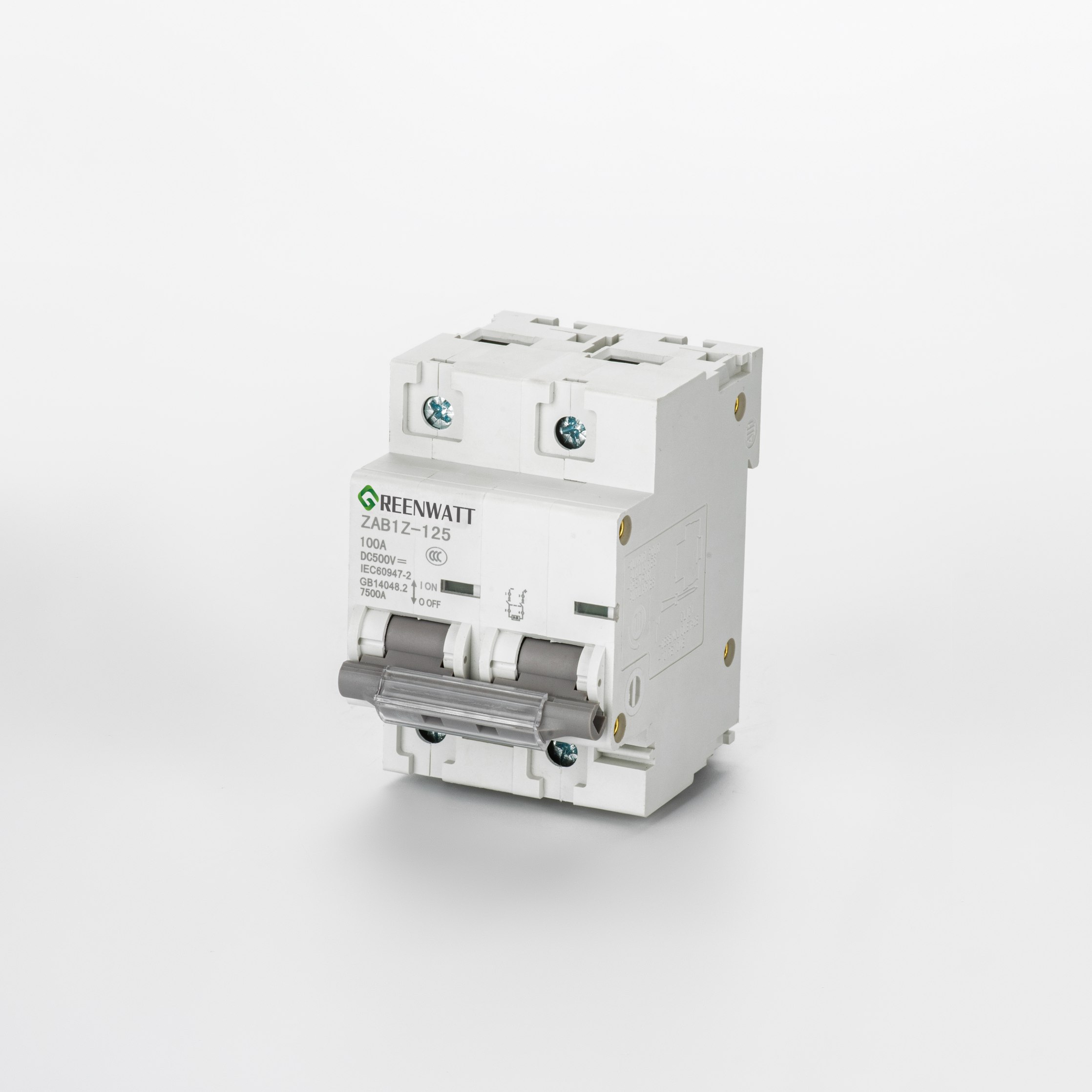What are the technical characteristics of DC MCCB?
2025-09-02
When it comes to electrical safety and system reliability in direct current (DC) applications, the DC MCCB (Molded Case Circuit Breaker) plays a critical role. Designed to protect electrical circuits from damage caused by overloads, short circuits, and other fault conditions, the DC MCCB is engineered with specific technical features to handle the unique challenges of DC power systems. Below, we break down the key technical characteristics that define a high-performance DC MCCB.
Key Technical Parameters of DC MCCB
A DC MCCB is characterized by several crucial parameters that determine its suitability for various applications. These include:
-
Rated Operational Voltage (Ue): This refers to the maximum voltage the DC MCCB can handle continuously. DC systems often operate at higher voltages than AC systems, so this rating is vital for compatibility.
-
Rated Current (In): The maximum current the breaker can carry indefinitely without tripping, typically ranging from 15A to 2500A, depending on the model.
-
Breaking Capacity (Icu): This indicates the maximum fault current the DC MCCB can interrupt without damage. High-breaking capacity is essential for safety in high-demand environments.
-
Pole Configuration: DC MCCBs are available in 1-pole, 2-pole, 3-pole, and 4-pole configurations to suit different circuit requirements.
-
Trip Characteristics: These define the response time of the breaker under overload or short-circuit conditions. Common characteristics include instantaneous, short-time delay, and long-time delay tripping.
-
Environmental Ratings: Factors such as operating temperature, humidity resistance, and altitude compatibility ensure the DC MCCB performs reliably under specific conditions.
To provide a clear overview, here is a table summarizing typical specifications for a standard DC MCCB:
| Parameter | Specification Range | Notes |
|---|---|---|
| Rated Operational Voltage | Up to 1000V DC | Higher voltages available for specialized applications |
| Rated Current (In) | 15A - 2500A | Select based on load requirements |
| Breaking Capacity (Icu) | 10kA - 100kA | Depends on system fault levels |
| Pole Configuration | 1P, 2P, 3P, 4P | Choose according to circuit design |
| Trip Characteristics | B, C, D, K, Z curves | Curve type determines tripping response time |
| Operating Temperature | -25°C to +70°C | Ensures performance in varied climates |
| Standards Compliance | IEC 60947-2, UL 489 | Meets international safety and performance standards |
Applications and Advantages
The DC MCCB is widely used in industries such as solar power generation, telecommunications, electric vehicle charging infrastructure, and battery storage systems. Its ability to interrupt DC arcs—which are harder to quench than AC arcs—due to the absence of zero-current points makes it indispensable in these settings. Moreover, the robust construction of a DC MCCB ensures durability and long service life, even in harsh environments.
When selecting a DC MCCB, consider factors such as the system voltage, expected fault current, environmental conditions, and compliance with relevant standards. Proper selection not only enhances safety but also optimizes the performance and longevity of your electrical systems.
In summary, the DC MCCB is a specialized component tailored for DC applications, offering precise protection through its advanced technical characteristics. Understanding these parameters helps in making informed decisions for your electrical protection needs.
If you are very interested in Zhejiang Dongan Electrical's products or have any questions, please feel free to contact us!





